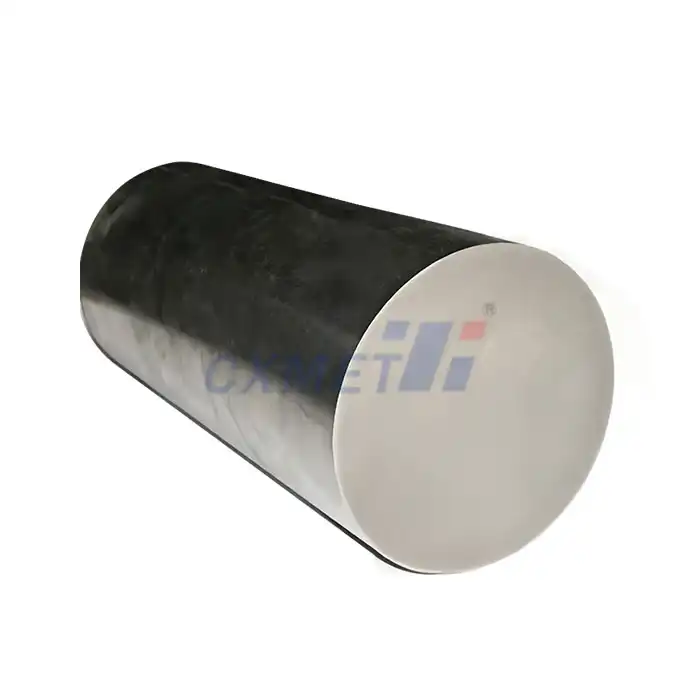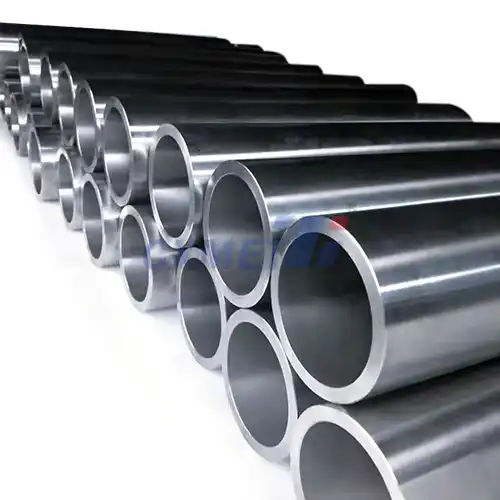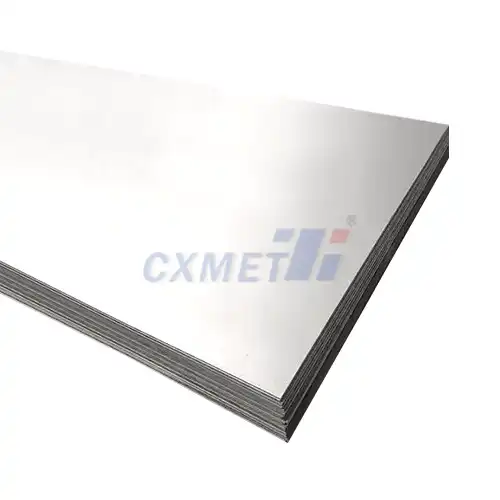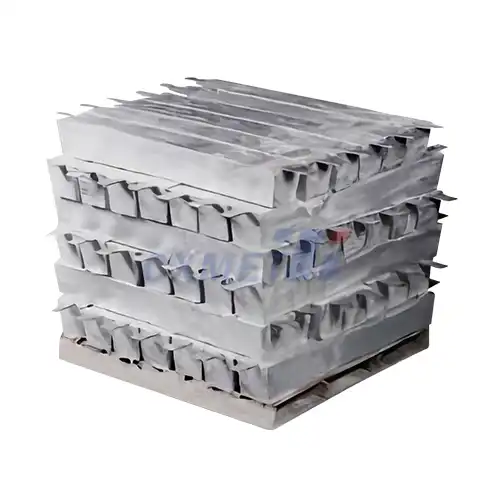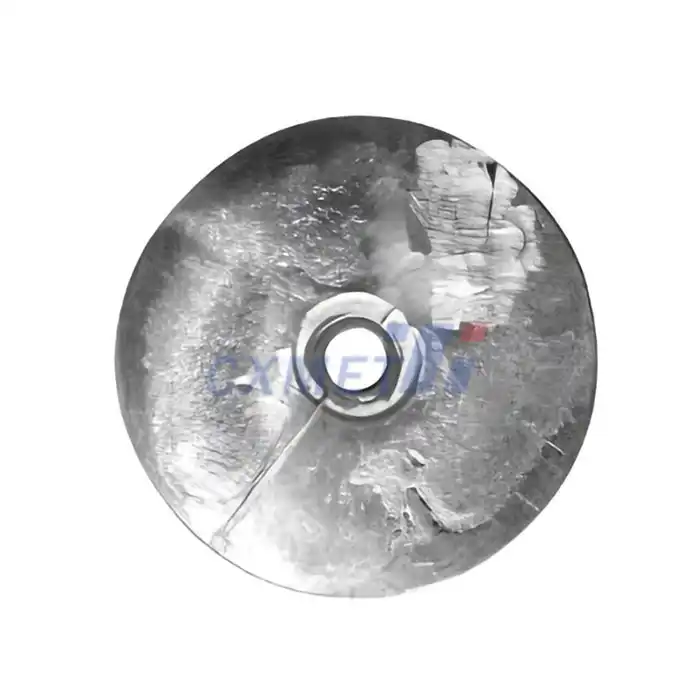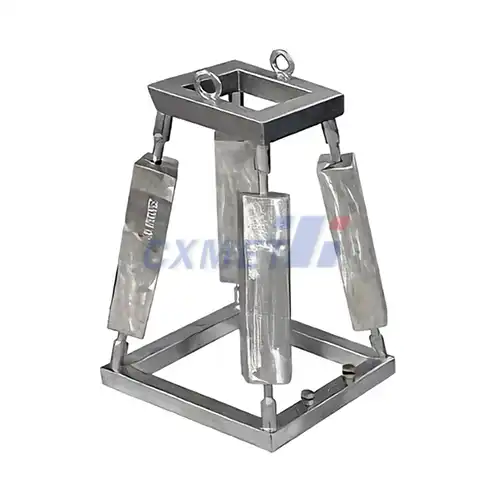- English
- French
- German
- Portuguese
- Spanish
- Russian
- Japanese
- Korean
- Arabic
- Greek
- German
- Turkish
- Italian
- Danish
- Romanian
- Indonesian
- Czech
- Afrikaans
- Swedish
- Polish
- Basque
- Catalan
- Esperanto
- Hindi
- Lao
- Albanian
- Amharic
- Armenian
- Azerbaijani
- Belarusian
- Bengali
- Bosnian
- Bulgarian
- Cebuano
- Chichewa
- Corsican
- Croatian
- Dutch
- Estonian
- Filipino
- Finnish
- Frisian
- Galician
- Georgian
- Gujarati
- Haitian
- Hausa
- Hawaiian
- Hebrew
- Hmong
- Hungarian
- Icelandic
- Igbo
- Javanese
- Kannada
- Kazakh
- Khmer
- Kurdish
- Kyrgyz
- Latin
- Latvian
- Lithuanian
- Luxembou..
- Macedonian
- Malagasy
- Malay
- Malayalam
- Maltese
- Maori
- Marathi
- Mongolian
- Burmese
- Nepali
- Norwegian
- Pashto
- Persian
- Punjabi
- Serbian
- Sesotho
- Sinhala
- Slovak
- Slovenian
- Somali
- Samoan
- Scots Gaelic
- Shona
- Sindhi
- Sundanese
- Swahili
- Tajik
- Tamil
- Telugu
- Thai
- Ukrainian
- Urdu
- Uzbek
- Vietnamese
- Welsh
- Xhosa
- Yiddish
- Yoruba
- Zulu
How are Tantalum Discs Used in Medical Applications?
2024-10-09 17:43:33
Tantalum discs have emerged as a revolutionary material in the field of medical applications, offering unique properties that make them invaluable in various medical procedures and devices. This versatile metal, known for its biocompatibility, corrosion resistance, and high ductility, has found its way into numerous medical innovations. From orthopedic implants to neurological interventions, tantalum discs are reshaping the landscape of modern medicine, providing doctors and patients with improved treatment options and outcomes.
What are the advantages of using tantalum discs in orthopedic implants?
Tantalum discs have become increasingly popular in orthopedic implants due to their exceptional properties that closely mimic human bone. One of the primary advantages of using tantalum discs in orthopedic applications is their high porosity, which allows for excellent osseointegration. This porous structure, often referred to as trabecular metal, promotes bone ingrowth and provides a strong, stable interface between the implant and the patient's natural bone tissue.
The unique properties of tantalum make it an ideal material for various orthopedic implants, including hip and knee replacements, spinal fusion devices, and bone void fillers. In hip replacements, for example, tantalum cups have shown superior stability and fixation compared to traditional materials. The high coefficient of friction of tantalum also contributes to its initial stability, reducing the risk of implant migration and loosening over time.
Furthermore, tantalum's excellent biocompatibility minimizes the risk of adverse reactions or rejections by the body. This characteristic is particularly crucial in orthopedic applications, where long-term implantation is often necessary. The material's corrosion resistance also ensures that the implant maintains its structural integrity over extended periods, reducing the need for revision surgeries.
Another significant advantage of tantalum discs in orthopedic implants is their ability to distribute stress more evenly. This property helps to reduce the risk of stress shielding, a phenomenon where bone density decreases due to the removal of normal stress from the bone by an implant. By more closely matching the elastic modulus of bone, tantalum implants can help maintain bone density and strength in the surrounding tissue.
Tantalum's radiopacity is yet another benefit in orthopedic applications. This property allows for clear visualization of the implant on X-rays and other imaging modalities, facilitating easier post-operative monitoring and assessment of implant positioning and integration.
In summary, the use of tantalum discs in orthopedic implants offers numerous advantages, including enhanced osseointegration, improved stability, excellent biocompatibility, reduced risk of complications, and better long-term outcomes for patients undergoing orthopedic procedures.
How do tantalum discs contribute to cardiovascular interventions?
Tantalum discs have found significant applications in cardiovascular interventions, particularly in the realm of structural heart disease treatments and vascular stenting. Their unique properties make them an excellent choice for various cardiovascular devices and procedures, contributing to improved patient outcomes and expanded treatment options.
One of the primary uses of tantalum discs in cardiovascular interventions is in the manufacture of occlusion devices for structural heart defects. These devices are used to close abnormal openings in the heart, such as atrial septal defects (ASD) or patent foramen ovale (PFO). Tantalum's high radiopacity allows for precise placement of these devices under fluoroscopic guidance, ensuring optimal positioning and closure of the defect.
The biocompatibility of tantalum is particularly crucial in cardiovascular applications, where the material comes into direct contact with blood and heart tissue. Tantalum's resistance to corrosion and thrombosis (blood clot formation) makes it an ideal material for these delicate interventions. This property reduces the risk of complications such as device-related thrombosis or systemic embolization, which can have severe consequences in cardiovascular patients.
In vascular stenting, tantalum discs are used to create highly visible markers on stents and other endovascular devices. These markers aid in the precise placement of stents in coronary and peripheral arteries, ensuring optimal coverage of lesions and minimizing the risk of restenosis. The excellent visibility of tantalum markers under X-ray guidance allows interventional cardiologists to accurately position and deploy stents, even in complex anatomical situations.
Tantalum's ductility and strength also make it an excellent material for expandable stents. These properties allow for the creation of thin-strut stents that can be easily compressed for delivery through small catheters and then expanded to provide adequate vessel support. The combination of strength and flexibility in tantalum stents helps maintain vessel patency while conforming to the natural curvature of blood vessels.
Another innovative application of tantalum discs in cardiovascular interventions is in the development of embolic protection devices. These devices are used during procedures such as carotid artery stenting to capture and remove debris that may be dislodged during the intervention, preventing potential stroke or other embolic complications. Tantalum's high density and radiopacity make it an excellent material for the filter components of these devices, ensuring effective debris capture and easy visualization during deployment and retrieval.
Tantalum discs have also shown promise in the field of transcatheter heart valve replacements. The material's properties allow for the creation of durable and compact valve frames that can be crimped to a small diameter for minimally invasive delivery and then expanded to their full size once in position. The radiopacity of tantalum aids in precise valve positioning, which is critical for optimal function and minimizing complications such as paravalvular leaks.
In summary, tantalum discs contribute significantly to cardiovascular interventions by enabling the development of advanced devices for structural heart disease treatment, vascular stenting, embolic protection, and transcatheter valve replacements. Their unique combination of biocompatibility, radiopacity, strength, and flexibility continues to drive innovations in minimally invasive cardiovascular procedures, ultimately leading to improved patient outcomes and expanded treatment options for complex cardiovascular conditions.
What role do tantalum discs play in neurological implants and devices?
Tantalum discs have found increasing application in the field of neurological implants and devices, offering unique advantages that contribute to improved treatment options for various neurological conditions. Their exceptional properties make them particularly suitable for use in the delicate and complex environment of the central nervous system.
One of the primary applications of tantalum discs in neurological implants is in the development of cranial implants and plates. These devices are used to repair skull defects resulting from trauma, tumor resection, or congenital abnormalities. Tantalum's biocompatibility and ability to integrate with surrounding bone tissue make it an excellent choice for these applications. The material's porous structure, when engineered to mimic the trabecular structure of bone, promotes osseointegration, leading to better long-term stability and reduced risk of implant failure.
Moreover, tantalum's radiopacity is particularly beneficial in cranial implants, as it allows for clear visualization on post-operative imaging studies. This property enables neurosurgeons to easily assess the position and integrity of the implant over time, facilitating better patient monitoring and follow-up care.
In the realm of neurostimulation devices, tantalum discs play a crucial role in electrode development. Neurostimulation is used to treat a variety of neurological conditions, including chronic pain, Parkinson's disease, and epilepsy. Tantalum's excellent electrical conductivity, combined with its biocompatibility and corrosion resistance, makes it an ideal material for electrode contacts in these devices. The use of tantalum in neurostimulation electrodes can lead to more efficient and stable stimulation, potentially improving treatment outcomes and reducing the need for electrode replacement.
Tantalum discs are also finding applications in the development of brain-computer interfaces (BCIs). These cutting-edge devices aim to restore function in patients with severe motor disabilities by creating a direct communication pathway between the brain and external devices. The biocompatibility and long-term stability of tantalum make it an attractive material for the electrode arrays used in these implants. Additionally, tantalum's resistance to corrosion in the physiological environment of the brain helps ensure the longevity and reliability of these complex devices.
Another area where tantalum discs are making an impact is in the development of intracranial aneurysm treatment devices. Flow diverters and embolic coils made with tantalum components offer improved visibility during deployment, allowing for more precise placement in the treatment of complex aneurysms. The material's ductility also allows for the creation of flexible devices that can conform to the tortuous anatomy of cerebral blood vessels, enhancing their effectiveness in treating challenging aneurysm configurations.
Tantalum's unique properties are also being explored in the context of neural regeneration and repair. Research is ongoing into the use of tantalum-based scaffolds to support nerve regeneration in cases of spinal cord injury or peripheral nerve damage. The material's porous structure and biocompatibility may provide an ideal environment for nerve cell growth and axon guidance, potentially opening new avenues for treating previously irreparable nerve injuries.
In the field of hydrocephalus treatment, tantalum components are being incorporated into advanced shunt systems. These devices, used to divert excess cerebrospinal fluid, benefit from tantalum's resistance to tissue adhesion and its ability to maintain patency over extended periods. The material's radiopacity also aids in the post-operative evaluation of shunt positioning and function, contributing to improved management of this chronic condition.
Lastly, tantalum discs are playing a role in the development of next-generation neuroimaging markers. In procedures requiring precise localization, such as stereotactic neurosurgery or radiosurgery, tantalum markers offer excellent visibility across various imaging modalities, including X-ray, CT, and MRI. This multi-modality compatibility enhances the accuracy of image-guided procedures, potentially improving outcomes in complex neurosurgical interventions.
In conclusion, tantalum discs play a multifaceted and increasingly important role in neurological implants and devices. From cranial reconstruction to advanced neurostimulation systems and emerging brain-computer interfaces, the unique properties of tantalum are driving innovations in the field of neurology. As research continues, it is likely that we will see even more applications of this versatile material, potentially revolutionizing the treatment of neurological disorders and improving the quality of life for patients with complex neurological conditions.
At SHAANXI CXMET TECHNOLOGY CO., LTD, we take pride in our extensive product range, which caters to diverse customer needs. Our company is equipped with outstanding production and processing capabilities, ensuring the high quality and precision of our products. We are committed to innovation and continuously strive to develop new products, keeping us at the forefront of our industry. With leading technological development capabilities, we are able to adapt and evolve in a rapidly changing market. Furthermore, we offer customized solutions to meet the specific requirements of our clients. If you are interested in our products or wish to learn more about the intricate details of our offerings, please do not hesitate to contact us at sales@cxmet.com. Our team is always ready to assist you.
References
1. Levine, B. R., Sporer, S., Poggie, R. A., Della Valle, C. J., & Jacobs, J. J. (2006). Experimental and clinical performance of porous tantalum in orthopedic surgery. Biomaterials, 27(27), 4671-4681.
2. Black, J. (1994). Biological performance of tantalum. Clinical materials, 16(3), 167-173.
3. Bobyn, J. D., Stackpool, G. J., Hacking, S. A., Tanzer, M., & Krygier, J. J. (1999). Characteristics of bone ingrowth and interface mechanics of a new porous tantalum biomaterial. Journal of Bone and Joint Surgery, 81(5), 907-914.
4. Matsuno, H., Yokoyama, A., Watari, F., Uo, M., & Kawasaki, T. (2001). Biocompatibility and osteogenesis of refractory metal implants, titanium, hafnium, niobium, tantalum and rhenium. Biomaterials, 22(11), 1253-1262.
5. Zardiackas, L. D., Parsell, D. E., Dillon, L. D., Mitchell, D. W., Nunnery, L. A., & Poggie, R. (2001). Structure, metallurgy, and mechanical properties of a porous tantalum foam. Journal of Biomedical Materials Research, 58(2), 180-187.
6. Findlay, D. M., Welldon, K., Atkins, G. J., Howie, D. W., Zannettino, A. C., & Bobyn, D. (2004). The proliferation and phenotypic expression of human osteoblasts on tantalum metal. Biomaterials, 25(12), 2215-2227.
7. Balla, V. K., Bodhak, S., Bose, S., & Bandyopadhyay, A. (2010). Porous tantalum structures for bone implants: fabrication, mechanical and in vitro biological properties. Acta biomaterialia, 6(8), 3349-3359.
8. Wauthle, R., van der Stok, J., Amin Yavari, S., Van Humbeeck, J., Kruth, J. P., Zadpoor, A. A., ... & Mulier, M. (2015). Additively manufactured porous tantalum implants. Acta biomaterialia, 14, 217-225.
9. Cohen, R. (2002). A porous tantalum trabecular metal: basic science. American journal of orthopedics (Belle Mead, NJ), 31(4), 216-217.
10. Levine, B., Sporer, S., Della Valle, C. J., Jacobs, J. J., & Paprosky, W. (2007). Porous tantalum in reconstructive surgery of the knee: a review. Journal of Knee Surgery, 20(03), 185-194.
